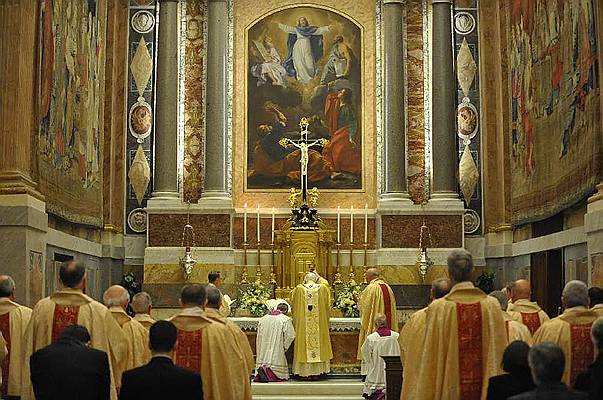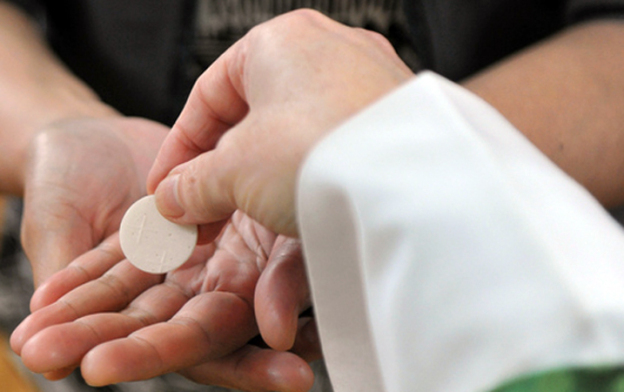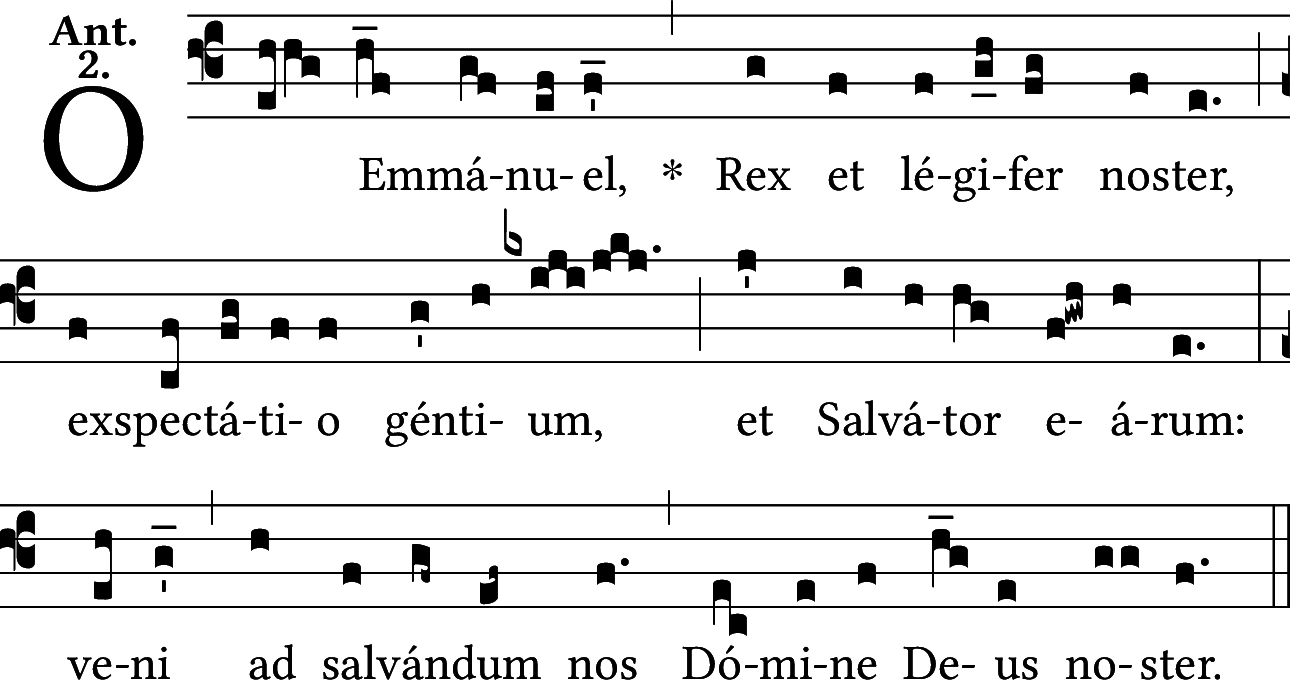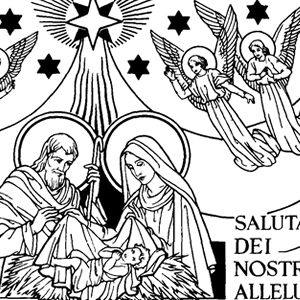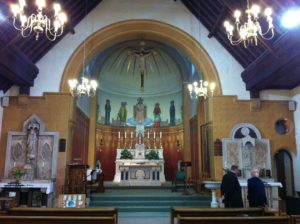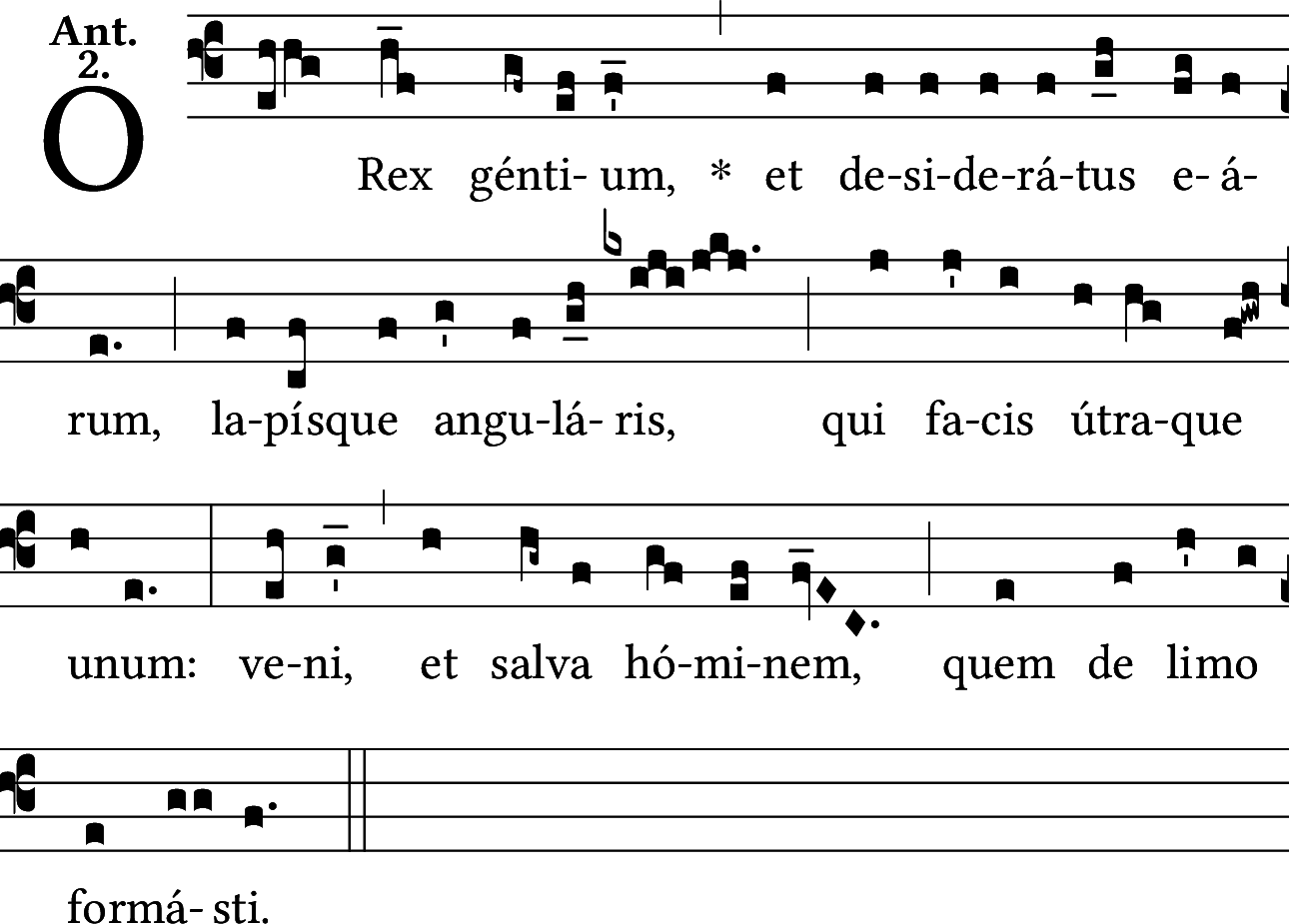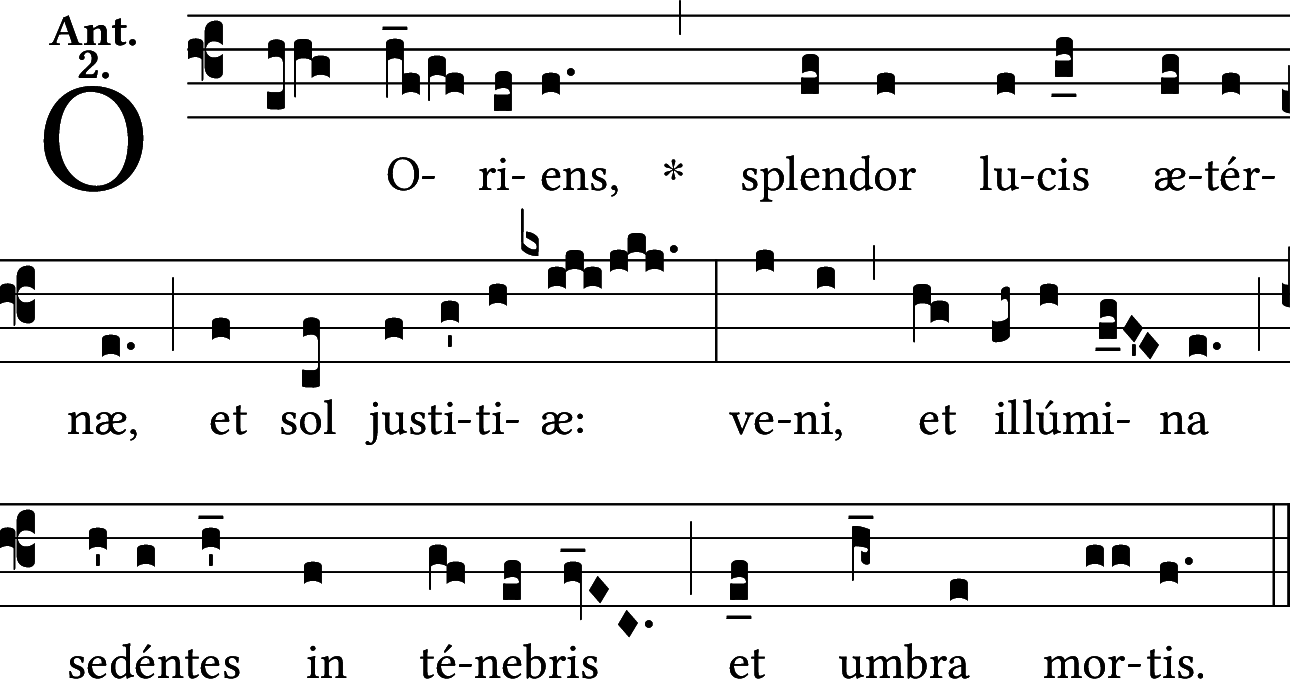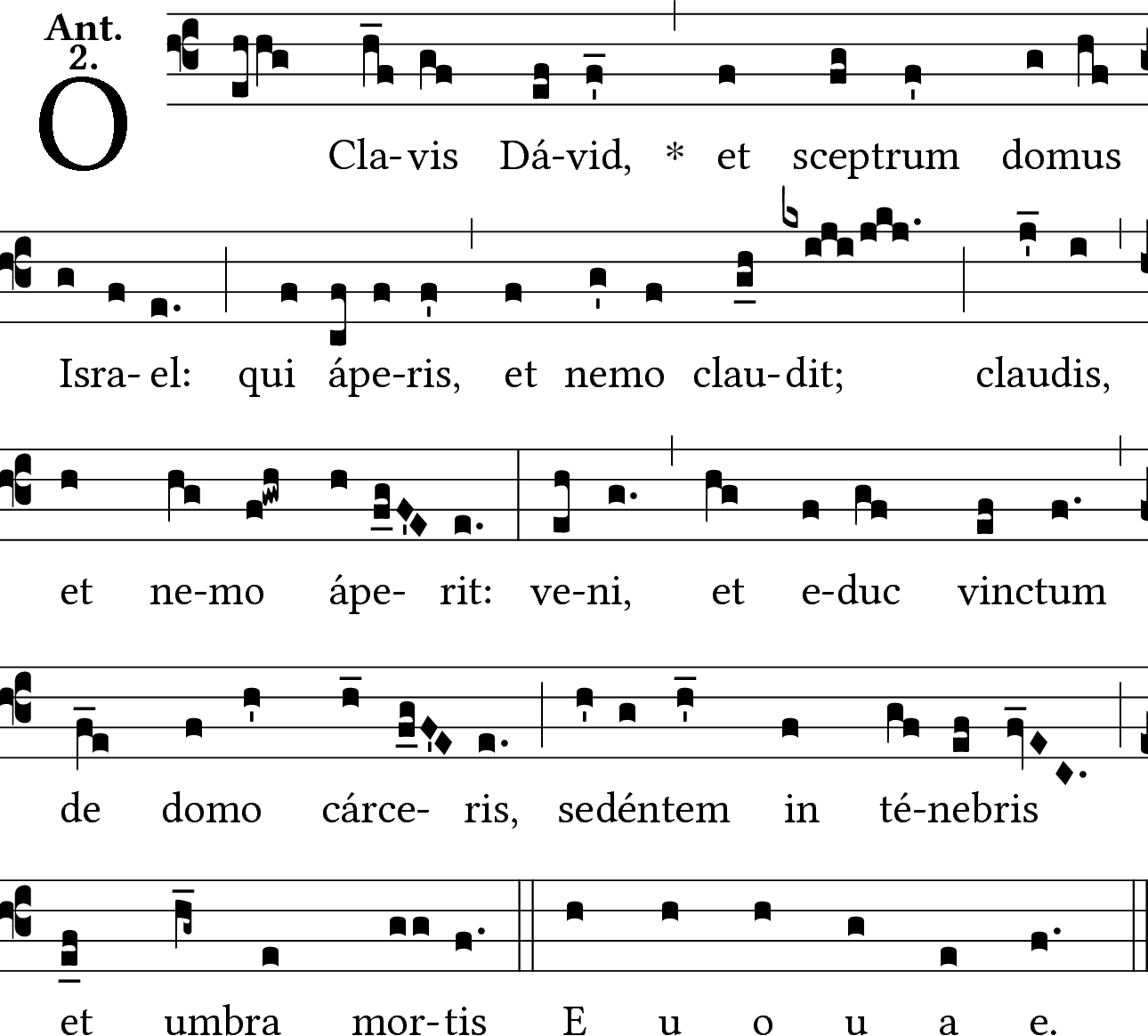And finally allow me to say just a few words about language. Here again there are two points to consider, which between them open the possibility of a whole range of varying decisions and practice. On one hand, using the magnificent terminology of Hellenistic culture, the Roman Canon calls the action of the Mass rationabile obsequium—an action of the word, an action in which spirit and reason play their part. The Word of God wants to speak to man, wants to be understood and answered by him. That is why in Rome, in about the third century, when Greek was no longer generally understood, they made the transition from Greek, which had hitherto been used in the Eucharist, to Latin. But there is also a second point. The Church later hesitated to make use of the developing national languages of Europe in the liturgy, first of all, because for a long time they had not attained the literary level or the unity of usage that would have permitted a common celebration of the Eucharist over a wide area; but then also because she was opposed to anything that would give a national identity to this mystery, because she wanted to express in the language, too, the inclusive character that reaches out beyond the boundaries of place and time. She was able to keep on with Latin as the common liturgical language because she knew that, while it is, in the Eucharist, also a matter of comprehensibility, yet it is more than comprehensibility—that this demands a greater, more mature, and more inclusive understanding than that of mere comprehension: she knew that, here, the heart must also understand.
After what we have said, use of the vernacular is in principle justified. It would be a danger only if it were to drag the Eucharist back into the realm of national culture. It would be a danger only if we were to push our translation to the point where only what was immediately comprehensible or, even, obvious in everyday terms remained. In any such translation you would have to omit more and more, until the essential meaning disappeared. Because things are as they are, we should gratefully accept both: the normal form of Eucharist is in the vernacular, but we should not on that account forget to pray it, to love it, in the common language of the Church over the centuries, so that in this unsettled and changeable world, in which the nations are forever meeting and mingling with each other, we are still able ever and again to worship together and, in that language, to praise the living God together. Here too, we should rise above a fruitless dispute and become one in the multiplicity the Lord has given us; one in recognizing and in loving the understanding and comprehensibility but also the inclusiveness that transcends the rationality of what is immediately understood.
(Joseph Ratzinger – Theology of the Liturgy – Ignatius Press)
